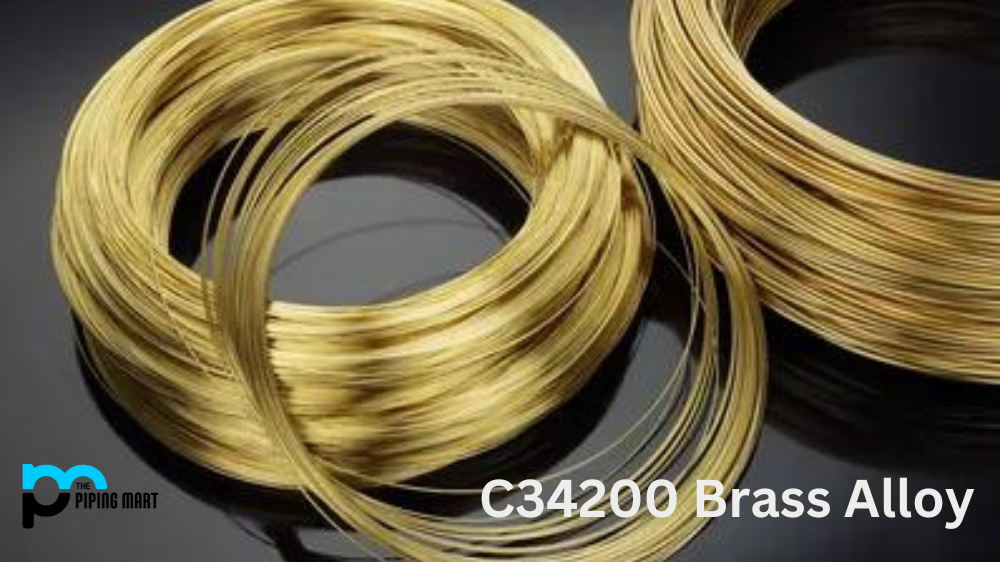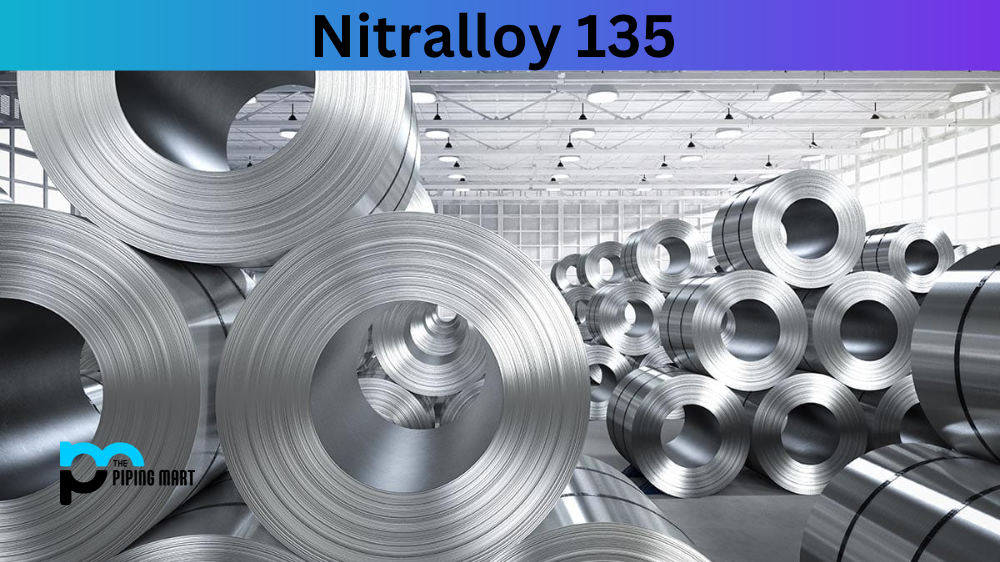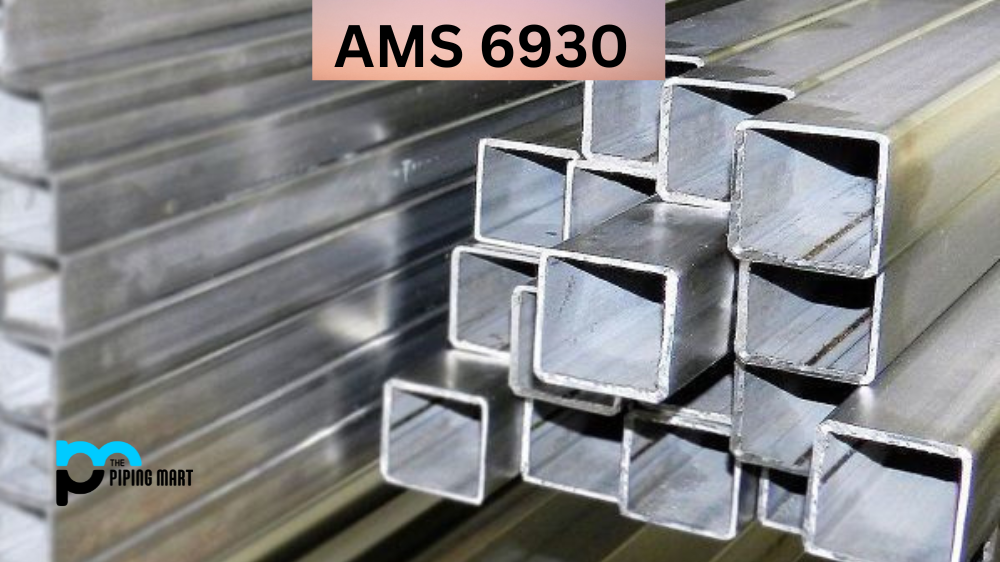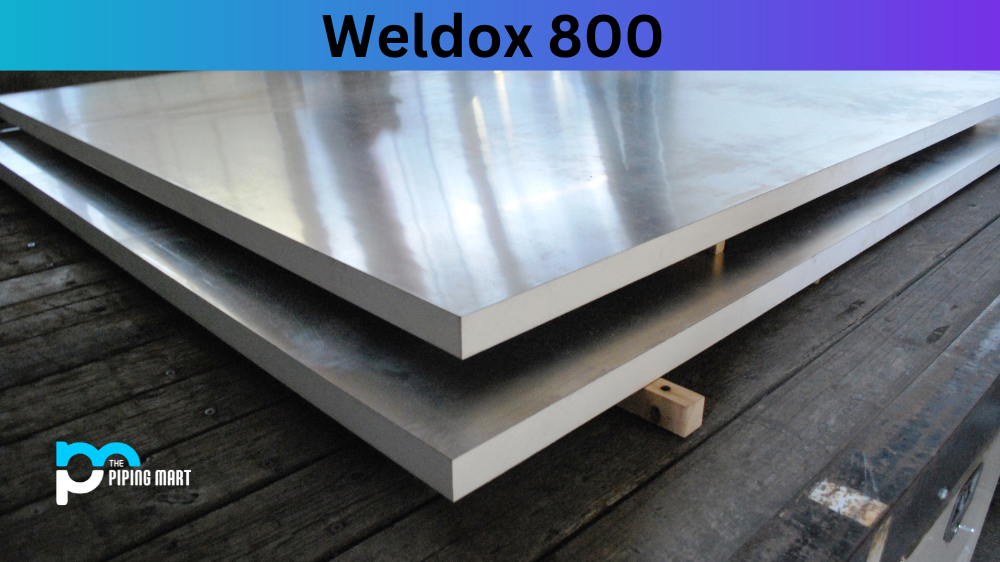C34200 brass alloy, also known as low-leaded brass, is a versatile metal alloy widely used in various industries. It has excellent mechanical and physical properties, making it an ideal material for multiple applications. This blog post will discuss the composition, mechanical, and physical properties, uses, corrosion resistance, heat treatment, machining, and welding of c34200 brass alloy.
C34200 Composition
C34200 brass alloy comprises 63% copper, 0.6% lead, 0.1% iron, and the rest is zinc. The small amount of information added to the alloy makes it easy to machine and enhances its free-cutting properties.
| Element | Content (%) |
|---|---|
| Cu | 64.5 |
| Pb | 2 |
| Zn | 33.5 |
C34200 Mechanical properties
C34200 brass alloy has excellent mechanical properties, such as high strength, corrosion resistance, and ductility. It has a tensile strength of 450 MPa, yield strength of 170 MPa, and an elongation of 35% in 50mm.
| Properties | Metric | Imperial |
|---|---|---|
| Tensile strength | 338-586 MPa | 49000-85000 psi |
| Yield strength (depending on temper) | 117-427 MPa | 17000-61900 psi |
| Elongation at break (in 127 mm) | 52.00% | 52.00% |
| Elastic modulus | 117 GPa | 17000 ksi |
| Poisson’s ratio | 0.34 | 0.34 |
| Machinability (UNS C36000 (free-cutting brass) = 100) | 90 | 90 |
| Shear modulus | 39.0 GPa | 5660 ksi |
C34200 Physical Properties
C34200 brass alloy has good physical properties, including high conductivity, good thermal conductivity, and excellent corrosion resistance. It has a density of 8.5 g/cm3, a melting point of 875-940 °C, and a thermal conductivity of 116 W/(mK).
| Properties | Metric | Imperial |
|---|---|---|
| Density | 8.50 g/cm3 | 0.307 lb/in³ |
C34200 Uses
C34200 brass alloy is widely used in manufacturing various products, including screws, nuts, bolts, electrical components, and fittings. It is also used in the automotive industry for radiator cores, tanks, and brake fittings.
C34200 Corrosion Resistance
C34200 brass alloy has excellent corrosion resistance, making it ideal for use in environments with high humidity and saltwater exposure. It is resistant to most acids and alkalis but should not be used in contact with ammonia or acetic acid.
C34200 Heat Treatment
C34200 brass alloy can be heat treated to improve its mechanical properties. It can be annealed at temperatures between 500-700°C for 30 minutes to an hour. After annealing, the alloy can be quenched to increase its strength.
C34200 Machining
C34200 brass alloy has excellent machinability, making it easy to work with. It can be machined using various methods, including turning, milling, drilling, and tapping.
C34200 Welding
C34200 brass alloy can be welded using various methods, including gas tungsten arc welding, gas metal arc welding, and resistance spot welding. It is essential to use proper preparation techniques, such as cleaning and preheating, to ensure a successful weld.
Conclusion:
C34200 brass alloy is an excellent choice for various applications due to its mechanical and physical properties. It is easy to machine and weld, and its corrosion resistance makes it ideal for harsh environments. As a leading brass alloy supplier, our company can provide high-quality c34200 brass alloy materials at competitive prices. Contact us today to learn how we can help you with your metal needs.

Abhishek is a seasoned blogger and industry expert, sharing his insights and knowledge on various topics. With his research, Abhishek offers valuable insights and tips for professionals and enthusiasts. Follow him for expert advice on the latest trends and developments in the metal industry.




